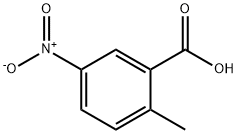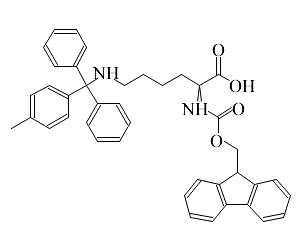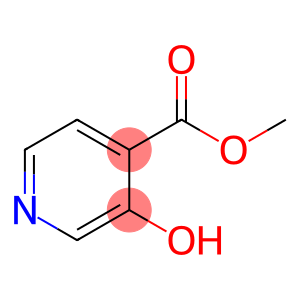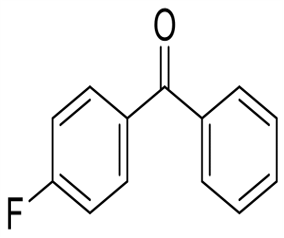4-nitro-3-(trifluoromethyl)aniline(CAS# 393-11-3)
| Risk Codes | R36/37/38 – Irritating to eyes, respiratory system and skin. R20/21/22 – Harmful by inhalation, in contact with skin and if swallowed. |
| Safety Description | S26 – In case of contact with eyes, rinse immediately with plenty of water and seek medical advice. S36 – Wear suitable protective clothing. S36/37 – Wear suitable protective clothing and gloves. |
| WGK Germany | 2 |
| HS Code | 29214200 |
| Hazard Note | Irritant |
Introduction
4-Nitro-3-trifluoromethylaniline, also known as TNB (Trinitrofluoromethylaniline), is an organic compound. The following is an introduction to its nature, use, preparation method and safety information:
Quality:
- Appearance: White to light yellow crystals or powders
- Solubility: slightly soluble in water, soluble in organic solvents such as ethanol, acetone, etc
- Stability: Relatively stable to light, heat and air, but susceptible to moisture and explosions
Use:
- 4-Nitro-3-trifluoromethylaniline is widely used as a component of initiators and explosives, for example, it can be used as a substitute for TNT (trinitrotoluene). It has high explosive force and stability in the field of explosives.
Method:
- From aniline, trifluoromethanesulfonic acid is first reacted with cuprous bromide to form trifluoromethylaniline. Then, trifluoromethylaniline is reacted with nitric acid, nitrobenzene is added, and after nitrite acid treatment, 4-nitro-3-trifluoromethylaniline is finally obtained.
Safety Information:
- 4-Nitro-3-trifluoromethylaniline is an explosive ingredient and is considered explosive and should be used with caution.
- When handling and storing, avoid triggering any ignition or electrostatic sparks.
- Avoid contact with flammable substances, oxidants and alkaline substances that can trigger potentially dangerous reactions.
- Inhalation, ingestion, or contact with skin and eyes may have harmful effects, requiring the wearing of appropriate personal protective equipment when operating.








